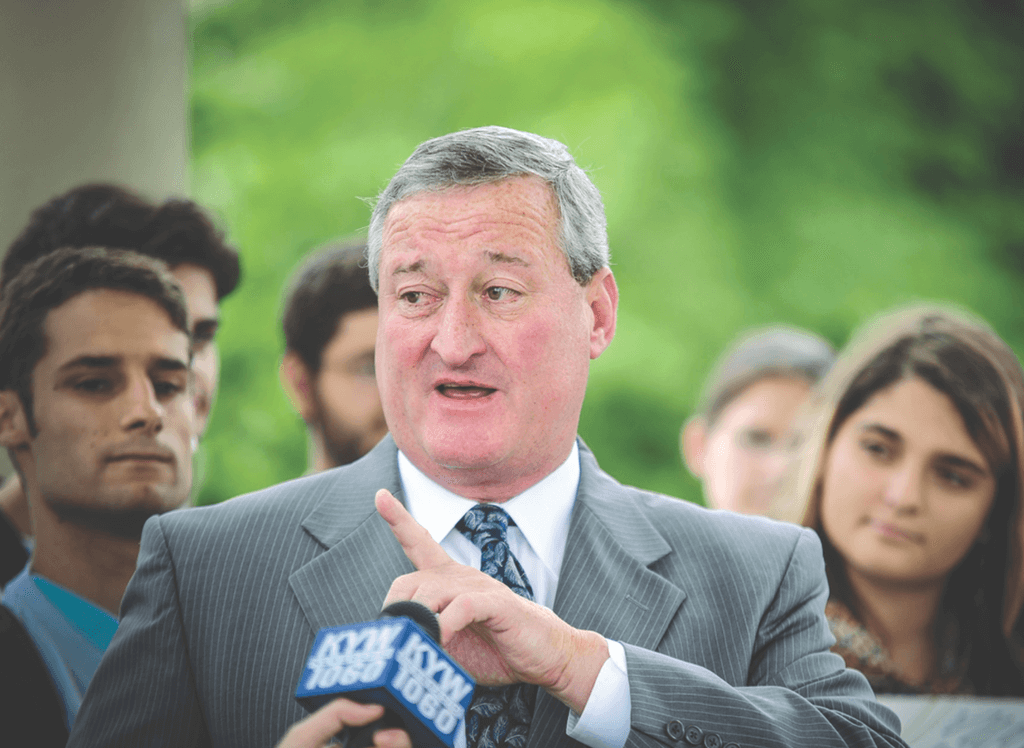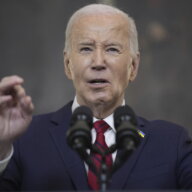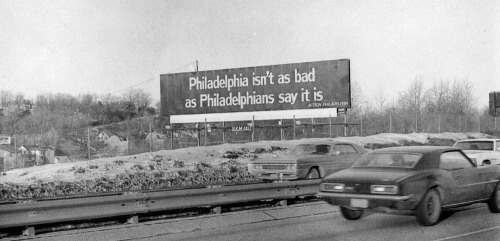In November of last year, Philadelphia Mayor Jim Kenney appointed a number of local leaders from the private and public sector to draft recommendations on how to create good government that provides efficient and effective services to every constituent. On Tuesday, he released a report of those findings. Thework was done by folks he called his “Transition Team” – who helped him move over from serving as an at-large city councilman to mayor.
“We considered five overarching pillars to guide our recommendations – improve education outcomes and opportunities, provide economic opportunities, enhance public safety, ensure an effective and efficient government, and ensure a diverse workforce,” transition teamco-chairs Dwight Evans and Alba Martinez wrote in a letter outlining their recommendations to Kenney. RELATED:Kenney appoints new head of Black Male Engagement “On behalf of the members of your transition team, we are pleased to have had the opportunity to research the ideas you laid out during your campaign, review the operations of the city’s numerous departments, and provide our own ideas as to how the city can provide opportunity and efficient, effective services to every neighborhood.” In total, Kenney adopted 139 recommendations, mainly in the areas affecting his top cabinet levels, such as commerce and economic development, education, environment and sustainability, community, culture and recreation, health and human services, infrastructure and transportation, housing, planning and development, public safety and immigration and multicultural affairs. “In general I’d say these are credible, experienced people who know Philadelphia, with a couple interesting outsiders,” David Thornburgh, president and CEO of the good-government watchdog group Committee of Seventy, said of the transition team. “There are still a couple of pending searches the mayor will do externally, such as the [Department of Human Services] commissioner…keep in mind this is the public-facing part of the transition process. There was a lot of internal work that went on, quieter work. This was a chance to involve a broad cross-sectionof people into the agenda.”
Kenney opens up about transition plans

Charles Mostoller































